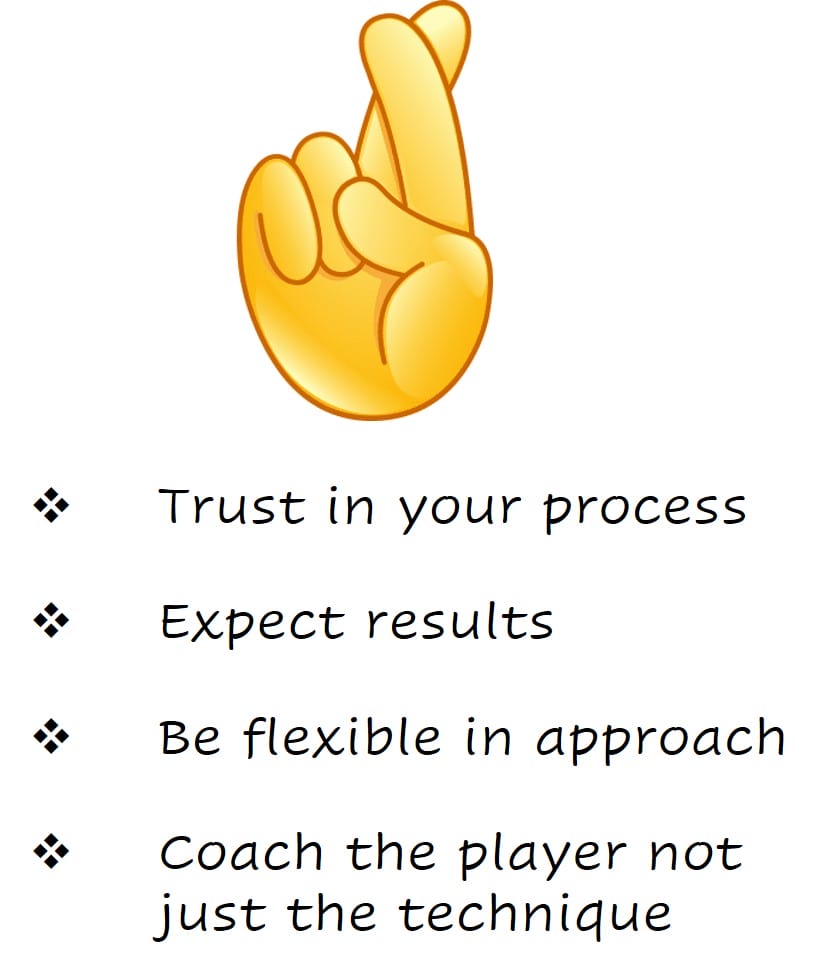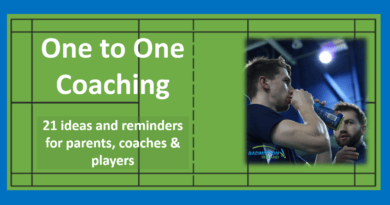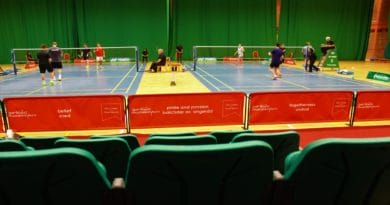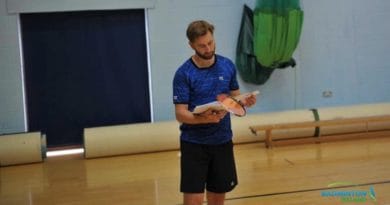Coach Questions : how much technical training?
How would you answer this question, It came from a recent zoom call with a friend
-
Do coaches place an over importance on technical aspects, compared to tactical and physical ones?
-
Does the balance (of importance and time) vary across age ranges and standards?
– – – – – – – – – – – – – – – – – – – – – – – – – – –
Take a moment and think about how much isolated technical coaching you do with your players
Are your sessions slanted towards improving technical aspects before tactical?
– – – – – – – – – – – – – – – – – –
I’ve split the questions into smaller chunks to help arrange my thoughts
1. Why did the Coach ask this question?
2. Do coaches place an over importance on technical aspects?
3. Does the balance (of importance and time) vary across age ranges?
4. What guidelines are there to help?
5. Questions for coaches
– – – – – – – – – – – – – – – –
 Why did the Coach ask this question?
Why did the Coach ask this question?
I thought back to the zoom call and tried to remember what we were chatting about when this question came up. Ah yes it was around Badminton technical training and “When and how do you introduce tactics”.
Or maybe it was the conversation about which technical skills are important for beginners. Whichever topic it was we both agreed that it’s very easy to fill sessions with technique practices.
We agreed that an over-emphasis on technical type coaching may be deliberate as coaches could feel that certain techniques needed to be “grooved” even when they were seemingly established.
Then there was the possibility that the coach may believe that “correct established” techniques were required before the “tactics” could be introduced. Whilst we understood these possibilities, we disagreed with both.
Then there was also the possibility that coaches felt more comfortable planning and doing sessions that aimed to improve “technique”. I wonder how confident coaches are at creating sessions that encourage and improve tactical concepts and ideas?
– – – – – – – – – – – – – – – – – – – – – – – – – – –
How often do you consider why you do technique practice in isolation?
(those practices with limited game-like moments and decisions)
– – – – – – – – – – – – – – – – – – – – – – – – – – –
For clarity
The definition of technical work will vary from coach to coach, so will the content and organisation of your practice.
How it looks on the court will also vary. Please be aware that you may read my words and picture a completely different scenario to the one that I’m suggesting, I can’t control how you visualise these examples, I wish that we could both be on the same court exploring what we mean. Please contact me so we can have a discussion if you wish.
Warning
I don’t believe that all technical work is isolated, single or multi-shuttle and coach-led … it could be, but doesn’t have to be
– – – – – – – – – – – – – – – –
2. Do coaches place an over importance on technical aspects?
The honest short answer is – I’m not sure, but maybe. What do you think?
The only way to know is to ask coaches to consider what they do in their sessions and then to analyse what they say
Their responses will likely include these – I don’t agree with all of them
- That they are aware of the time (or % of time) they allocate to “technical work”, it’s in the majority and they are happy with that as “the job of the coach is to improve players technically”
- There could be an explanation that they combine technique and tactics into one practice (I don’t think this is a common response)
- They want to establish some core technical basics in novice players to prevent future technical errors/limitations, but soon after they are partly established they use a combination of technical + tactical in practice
- That technique is easier to coach than tactical
- An admission that they have never considered exactly the time or % of the time they allocate
- That to become a WC player you must be technically perfect, so, therefore, need to spend a high percentage of time on technique
Do you recognise any of these ?
How many do you agree with?
– – – – – – – – – – – – – – – –
3. Does the balance (of importance and time) vary across age ranges
I believe that there will certainly be a shift in the coaches mindset as the player standard changes. The percentage of “technical time” through the age groups may not change that much. However, the reasons why, how it takes place on the court, and the experience of the player, all have an effect on the design of the practice.
There is certainly no “one perfect” practice that can be used across all age groups and standards.
The considered reasons (the rationale) for allocating time to isolated or heavily biased technical practice should change as players develop. I want to propose different reasons why for each of these 3 player types. This is an over-simplistic split, but hopefully, it will start a discussion.
Please let me know if you agree, want a further explanation or feel that you should challenge these statements
Working with beginner players
From the very first lesson to years 3 or 4, I believe that a large percentage of your time will be spent on technical aspects. However, the percentage will vary and should not dominate all other factors. How you work, the methodologies you use for this “technical training” are crucial and often separate coaches from trainers.
This will be for some or all of these reasons:
- The first coach is often the most influential (especially technically) and any changes later could be difficult and prolonged.
- If players are not given guidance (via conditions/constraints, visual cues, verbal hints, etc.) there is a high probability that self-discovery will result in some inappropriate techniques forming. (read more by clicking here)
- To experience a game using simple tactics there is a requirement for some resemblance of at least part established techniques (strokes & movements)
- The coach should work hard to create game-like tasks that integrate one or more elements. The aim is to not draw attention to technical elements if possible but to have “game-play” elements uppermost.
– – – – – – –
Working with intermediate players
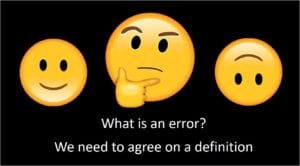 Once players are no longer beginners, the task of choosing and assessing what technical improvements are required becomes a coaching skill in itself. There is a danger in continuing to use the same practices but only varying the duration (the number of shuttles). The design of the Badminton technical training practice is vital.
Once players are no longer beginners, the task of choosing and assessing what technical improvements are required becomes a coaching skill in itself. There is a danger in continuing to use the same practices but only varying the duration (the number of shuttles). The design of the Badminton technical training practice is vital.
Practice design will include subtle variations that change player attention (within similar practices), a reduction where applicable to coach technical talk, and a coach desire to relate practice to parts of the game.
Working with intermediate players
- Avoid the temptation to continue using the same “beginner” type practices unless there are specific reasons.
- Be aware there are dangers in perusing excellence in technique. Rather aim for “in-game” challenges that are applicable to that standard.
- Mistakes/errors are not necessarily seen as negative. Have you read 6 Ways to take a different look at errors
- Create a desire to enjoy the “bumpy” challenging journey of progress and be aware of the practice performance (it’s all too easy to achieve)
- Use closed/block/isolated practice to create both player confidence, initial understanding and also for coaches to observe that there is some resemblance to the stroke/movement/skill required. Then move to the next bullet point.
- Take a risk (if you see it as a risk) to progress practices once the technique/skill is only partly established. Do this in the knowledge that the additional stresses (decisions, physicality, etc.) are likely to cause practice difficulties.
– – – – – – –
Working with experts
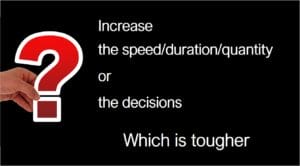 I define high performers as those who practice (on and off-court) over 12 hours per week and are motivated towards attaining excellence. For the purpose of this post, the playing standard is secondary to the amount of time the player is on the court.
I define high performers as those who practice (on and off-court) over 12 hours per week and are motivated towards attaining excellence. For the purpose of this post, the playing standard is secondary to the amount of time the player is on the court.
If you are fortunate to be working with “expert” high-performing players, do you agree with these considerations to guide your use of isolated technique practices?
Working with experts
- Isolated technique practice is less physically demanding (although repetitious work can still be damaging) and practicing in a game-like way during every session is not recommended. The less physically stressful sessions can be used to develop or reinforce technical skills.
- Some players require the emotional confirmation that they are “putting in the hours” and as stated above, these less physically demanding sessions can contribute to the players’ emotional wellbeing.
- The “Fear of missing out” (FMO) caused by social pressure to participate in repetitious practices should not be dismissed.
- There are times when exploration of techniques is required and a temporary regression to using isolated, reduced variation, reduced game play is required.
- Game-likeness can still be created within adapted isolated practices. Skillful practice design using subtle variations must become a cornerstone skill of coaches and players.
- Players who engage in high levels of mental rehearsal/visualisation have a practice advantage even in isolated technical practices. What do you think of this statement?
– – – – – – –
Working with adults (recreational)
Here the client’s wishes or desires are normally the main aims for the coach. Development is expected but very often this is measured by a performance outcome in practice.
Practice performance, the achievement at the end of the practice is expected by both coach and player, however, long-term learning is not always achieved. This may still be acceptable and satisfactory to the player as the emotional benefit of success outweighs the deeper learning. I’ve also come to understand that the “loss of expertise” at the start of the next session leads to a stronger desire to try and attain that technical competence previously archived.
This method may be contradictory to that recommended when working with performance players. However, the individual desires and goals of the client are different.
If you work mainly with adult players would you accept these considerations?
- It is expected that a technical explanation and breakdown (often in detail) will be given by the coach.
- Questions should be expected and answered, even if the reply draws (too much) attention to technical internal cues and causes information overload.
- Adults will expect to reproduce (as best they can) the practices used by professional players as seen on social media. There is enjoyment in trying and failing.
- Very often it is easier to demonstrate development through technical accomplishment rather than in-game tactical expertise.
- Practice with high levels of single shuttle work as they are more manageable for the player and coach – reduced physical demand, reduced decision making, high practice performance opportunities.
– – – – – – – – – – – – – – – –
4. What guidelines are there to help?
If you know of any Badminton technical training guidelines for badminton practices, please email me. I’d love to read more because as of now, I can find very little. Advice to help define the balance between type and content.
There is certainly lots of information, videos, commentaries, etc. on what should/could be taught, some on how to teach/coach it. However, what is there concerning how to balance technique training with other factors, or when to move practices on from purely technical elements?
Where do you find information to help balance the % of on-court work between technical & tactical?
What advice is there concerning technical development across different playing levels?
The guidelines I follow
The following points are a quick summary of my thoughts and my own reminders when considering Badminton technical training and development. Ok, I’ll be honest, I try to follow or at least refer to them, but of course, they will never fit every situation or player.
I also do not follow any hard rules with regard to the % of time allocated to technical coaching, it’s too variable and player specific.
- As soon as technical skill is partly established, introduce a tactical game-like element to the practice.
- Focus on outcomes and external cues rather than lots of small technical details, be aware of drawing attention to body parts moving in sequence, especially in power strokes and movements.
- Sometimes the player will benefit (emotionally) from a successful closed practice (with limited variation).
- To change an isolated technical practice into a more game-like often only requires the incorporation of a decision.
- Use “player start” practices (one shuttle with the players starting, not the feeder coach) to easily incorporate gameplay-like decisions and anticipatory movements.
- There is no “perfect/ideal” practice. Coaching is always a series of decisions and choices in the hope that you will achieve your desire/goal/aim. Reflection by coach and player is vital.
- Technical development cannot be truly measured in isolated practice. However, there must be several stages of development/assessment in practice.
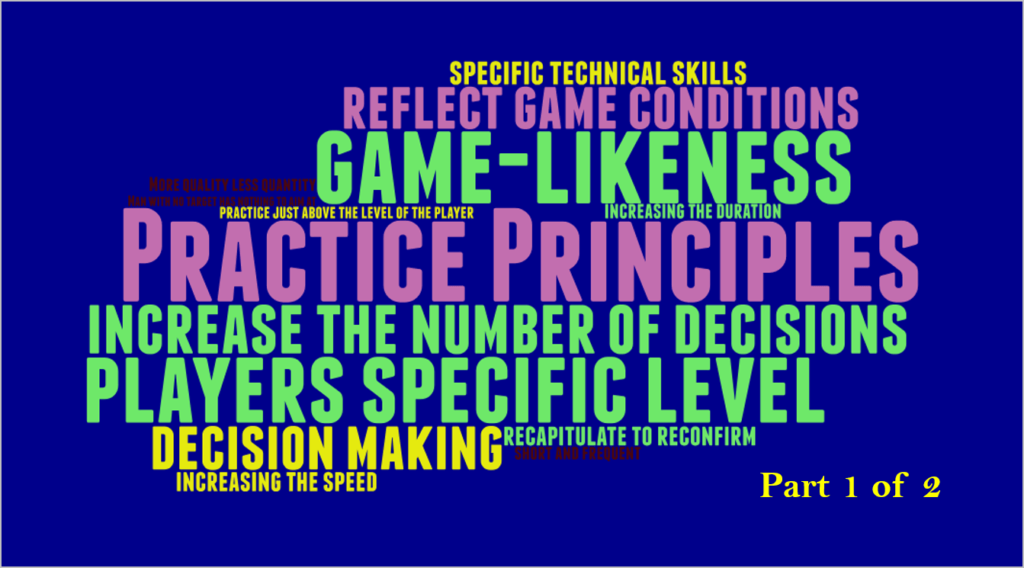
Please consider the points above and challenge them
I’m sure that you can’t agree with them all 🙂
– – – – – – – – – – – – – – – –
5. Questions for coaches
This post only contains my ideas, thoughts, and opinions. I’d like to finish with a series of questions for you to consider, maybe one day you will write a reply. I’m happy to post your thoughts about Badminton technical training here and credit you.
I’m interested in what you think!
What was your initial thought when you read the questions?
Have your opinions changed or been challenged now that you are here reading this?
How would you answer these questions?
- Is it important to strive for a level of player technical competency in the first 3 years, and can you define what this would look like?
- What level of technical proficiency is required before tactical ideas/concepts can be introduced?
- Have you considered if isolated technique practices could be amended to incorporate tactical themes, if so, what ideas do you follow?
- Is it possible that an over importance on technique could actually be hampering player development on court in matches?
– – – – – – – – – – – – – – – –
Your task is to include essential technique practice in your sessions in a way that allows an easy development into game-like practices with a tactical element.

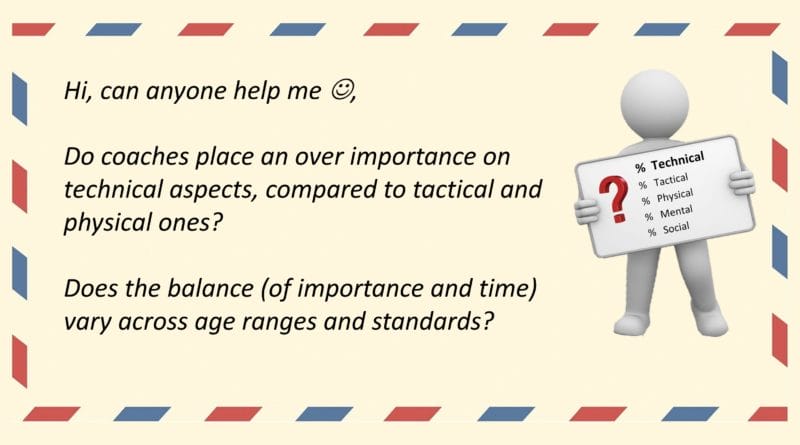
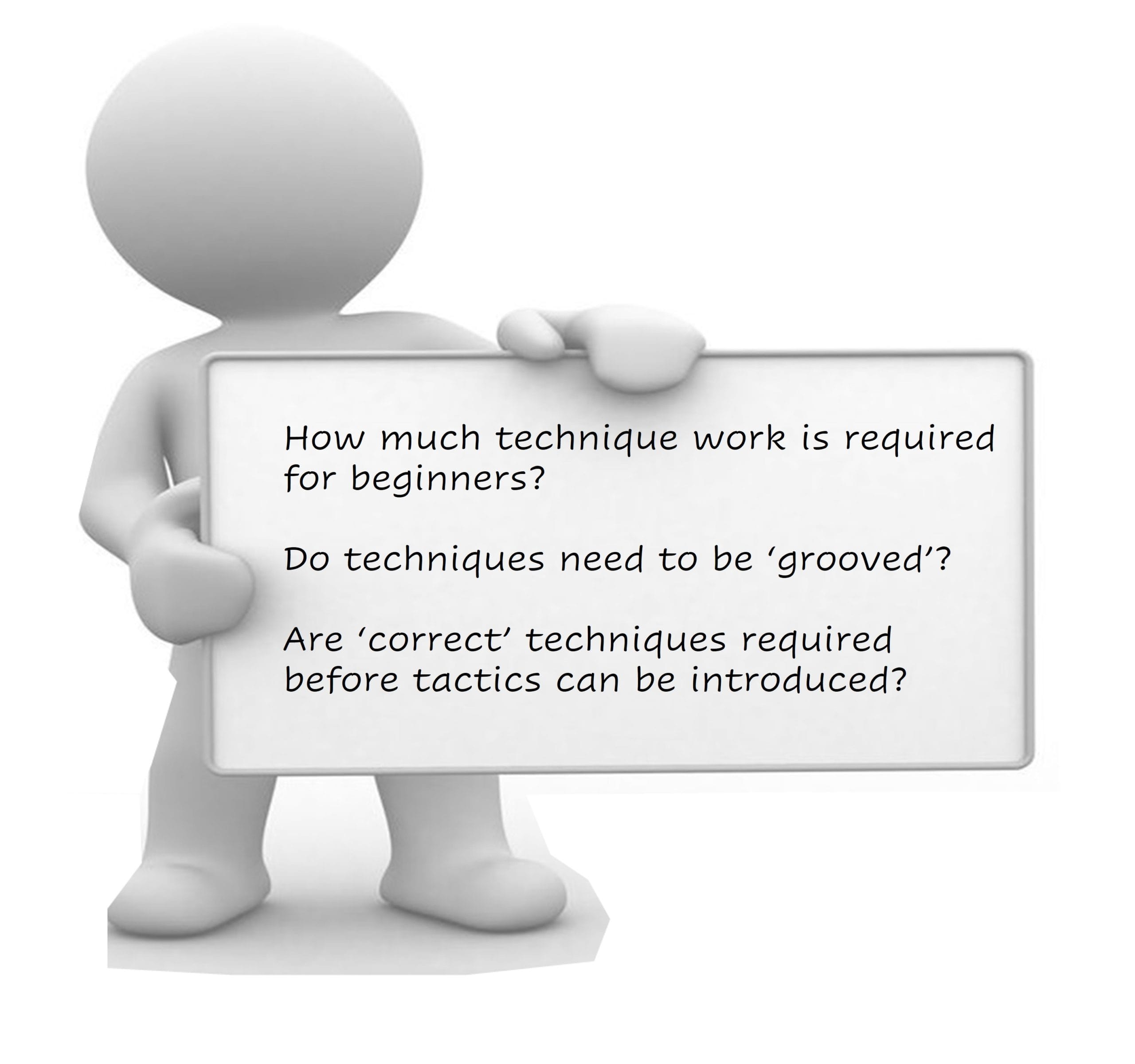 Why did the Coach ask this question?
Why did the Coach ask this question?